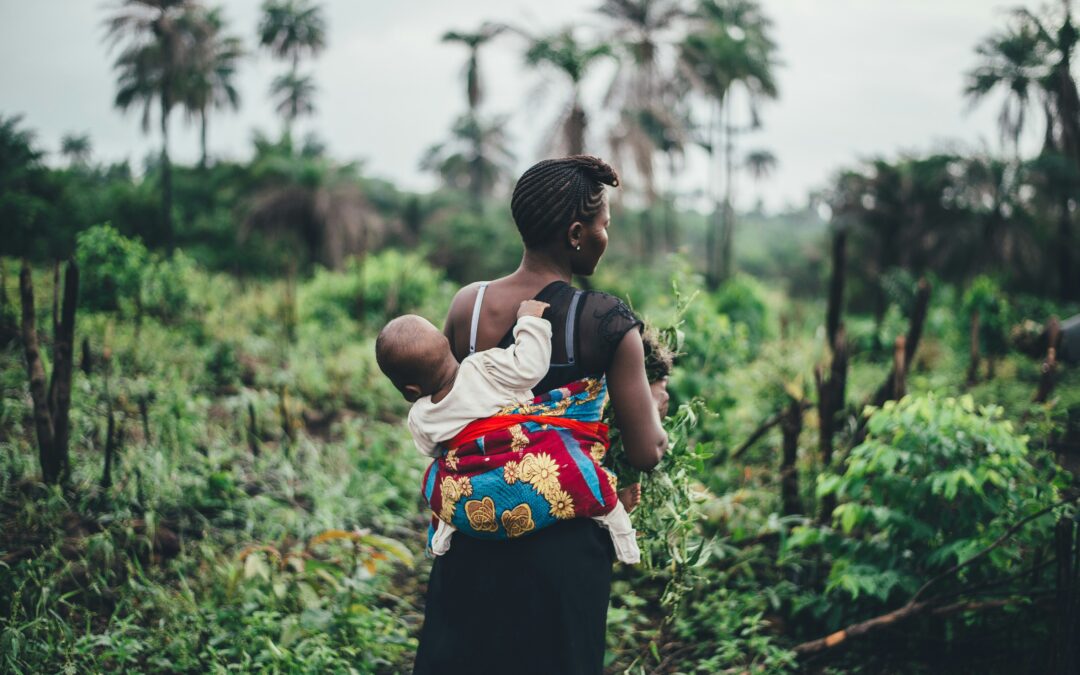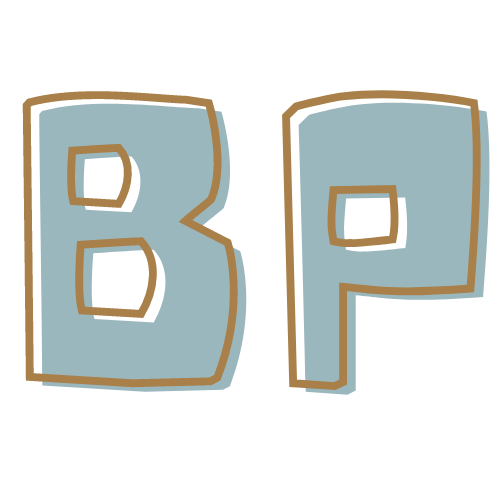In times of stress, our brains instinctively switch into survival mode, triggering the fight, flight, freeze, or fawn response. Understanding these primal reactions can help us navigate and cope with challenging situations effectively. Let’s delve into how these modes manifest and impact our ability to cope with life’s challenges.
Our Internal Survival System
Maybe we all (vaguely) know the concept of the fight or flight response. It’s what is known as the automatic involuntary response of the brain to a (perceived) threat. I also like to call it our internal survival system. Designed to keep us safe, healthy and… alive!
When we are in a dangerous or threatening situation (real or imagined), in a split second, we get hyper aroused and our brain decides if it’s going to fight, flight or freeze. It always chooses what it thinks is the best way to survive. This means: if you have always learned to fight, you will fight, if you have always learned to flight, you will flight.
Download Our Free Starter Pack
& Start Your Journey of Self-discovery, Healing, Transformation & Empowerment!
The Freeze State
When we are in danger or perceive a threat (real or imagined), our internal survival system activates. Our body makes itself ready to fight or flight, or chooses a third option: to freeze. When you freeze, you (sometimes) dissociate from your body and it can feel as if you are watching yourself from a distance, outside of your own body.
You can also go numb, or you can have the feeling that you can’t move. You’re ‘not here’ anymore but somewhere else. This often happens when the situation is too frightening, threatening or emotionally intense to process. You then perceive yourself as physically incapable of fighting or flighting and you choose to freeze.
When you freeze, your body is trying to protect you (as is the same with fighting or flighting). All three are an evolutionary tactic. Most of the time they aren’t conscious decisions but something out of your control and they get activated in a split second.
Last But Not Least: The Please Response
Next to the previous three survival modes, there also is a fourth one. The fourth survival mode is primarily human and comes from a more modern way of looking at human behavior and their responses to stress: The please response.
Sometimes in the holistic psychology literature (for example by www.theholisticpsychologist.com) this is called the fawn mode (a fawn is a young dear in its first year of existence). It’s a very fragile, soft, powerless and vulnerable response, where you make yourself small and try to please others in such a way that you manipulate their behavior, and thereby the situation, to keep the peace.
Such a survival mechanism is often created growing up in chaotic, unpredictable environments with emotionally immature parents who have unpredictable mood swings. Forcing you to fawn, make yourself small and please in order to keep the peace.
How is The Please or Fawn Response Created?
As a little child, being (emotionally) connected to the people closest to you is very important. Because connection means having someone who loves you, sees you, meets your needs, and keeps you safe.
Consequently, when you are a little child and there is conflict, or you see that someone experiences a heavy negative emotion such as anger, you perceive that as a real threat or danger. Because conflict or negative emotions mean disconnection or rejection.
As a result, your survival system will be activated and you will choose attachment. This means that you choose to suppress your authenticity, and to please others. You make yourself small, suppress your own emotions, needs, behaviors, etc. and you give the other what they want.
Basically, you ignore your own boundaries or truth, and become all that is needed to keep the peace.
SOMATIC EXERCISE: Regulating The Nervous System
This somatic exercise helps you with regulating your nervous system when your body is in survival mode. During the exercise you will receive gentle instructions that help you to calm yourself down, sink deeper into your body, feel grounded and soothed, and safe inside your body.
Shop now for €8,99 only!
How Our Society Keeps Us In Survival Mode
So, when there’s a real danger or threat, our internal survival system is a very good and healthy system that’s keeping us safe and alive. But, because of the society we are living in, we constantly think that we are in danger.
This forces us to be in constant states of arousal, rush and hurry and to compete with each other. Because of that we are ‘fighting and running for our lives’ almost daily. Believing that we have to compete with each other, all day everyday.
While most of the time this isn’t the case. Think of the illusion of ‘not being good enough’ or ‘the illusion of scarcity‘ and how these illusions condition us to believe we are in ‘danger’ and that there isn’t enough e.g. food, water or money for everyone.
Emotional Neglect & Relational Trauma
Next to these 2 illusions, there are plenty of learned fears, learned threats, learned dangers, that aren’t necessarily true but that we are taught to believe by our parents, teachers, politicians, religious leaders, etc.
Last but not least, because of the very demanding, traumatizing and emotionally immature society we are living in, almost every human being experiences some form of emotional neglect or relational trauma.
The Effects of Long-Term Survival Mode
So, often because of the society and systems we are living in, we perceive situations, relationships, or our life in general as dangerous or as a threat to our overall survival. Our internal survival system is continuously activated. Causing us to be in a fight, flight, freeze or please mode all the time, with all its consequences (stress, (heart and vascular) diseases, mental health disorders, etc.).
What happens then is that we (logically) choose behavior that we believe will keep us safe. But, often we behave in such a way that it is detrimental for ourselves, our growth, our health, our overall happiness, our surroundings, and also for humanity, animals, the planet and nature in general.
We Have A Lot To Learn
So, because of our internal survival system which is constantly activated because of the society we are living in… We constantly perceive situations as if they are dangerous and a real threat, while often this isn’t the case.
This means that we are actually not really good (yet) at objectively assessing a situation or behavior as a real or an imagined threat. Especially not in the heat of the moment. Our internal survival system is strong, fast and happens almost always unconsciously.
Real Threats vs. Imagined threats
This means that we have to start to learn how to distinguish real threats (when there’s real danger) from imagined (or learned, conditioned) threats (when there’s a perceived threat that actually isn’t a real threat and thus imagined).
Both of the threats activate the same stress responses and create the same emotion: fear or anxiety with the accompanying bodily responses. Whether the threat is real or imagined, the response is very real.
Your body doesn’t know the difference between real or imagined threats, it just listens to the brain, so the response and the physical symptoms are very real and need to be acknowledged and treated as such (this is very important!).
Become The Neutral Observer
Starting to play with this in your daily life is the first step of taking your power back, and healing and transforming yourself. It can help you to start with becoming aware of these two types of threat, and of your own responses to those threats. You can do this by asking yourself in stressful situations: is this a real or an imagined threat?
Objectively observing your behavior helps you to create a pause between stimulus and response, and not respond immediately. Subsequently, it helps you to understand what you need in the present moment to calm down, soothe yourself, and regulate your nervous system.
Healing & Integration
Of course, it’s important to investigate why you perceive certain kinds of situations as a threat or as dangerous (and why others don’t), and where this is coming from. This has often to do with negative experiences or even (intergenerational) trauma from your past or trauma.
Start investigating and practicing that. Next to this, it is important to start with healing the suppressed and wounded parts inside of you that cause you to perceive situations as a threat.
And then… see how, slowly, step by step, your life will change for the better. How you can take back control with the power of conscious, deliberate thoughts and change of behavior because of that.
HEART JOURNEY
The Ultimate Platform for Self-discovery, Healing,
Transformation & Empowerment
Become a member & gain access to all our exclusive tools for €99 per year only!
This Is How We Can Help You
If you resonated with the insights shared in this blog post and are seeking guidance on your healing journey, below are 3 ways we can help you.
Away from traditional (talk) therapy and coaching Beyond Psychology has created new tools for self-discovery, healing, transformation and growth. Our tools follow a holistic approach and combine somatic and emotional healing practices with psychological theory & guidance.
1. Shop in our webshop
In our webshop you can find all our tools sorted by theme, visit our shop here.
2. Become A Member
Become a member of our online platform & community for Self-discovery, Healing, Transformation & Empowerment: Heart Journey.
Gain instant access to all our Meditations, Somatic Exercises, Parts Work Exercises, Videos, Visualizations and much more for just €11,99 per month or €99 per year!
Start your 5 day free trial here.
3. 1-on-1 Guidance
Feel in need of personal guidance? We offer 1-on-1 guidance that transcends classic talk therapy & coaching, speaks directly to the emotions and trauma stored and suppressed in the body, and gets to the root of mental, emotional & physical suffering. Just click here to book a free intake.
Related Blogs

Healing The Mother Wound: Reparenting Your Inner Child
In this blog, we will talk about the most important relationship in your life—your very first relationship, the one with your mother. When this relationship is distorted, it can result in the mother wound. This wound is a deep emotional and psychological pain caused...

How To Overcome Your Fear Of Conflict
In this blog, we will explore the fear of conflict, especially the kind that arises when you’re about to express a need, set a boundary, or share your opinion, point of view, or dream. It's that fear you feel when someone gets angry with you, disagrees, or says...

Breaking Free From People Pleasing
People pleasing is a common behavior that many of us struggle with, often without even realizing it. This tendency to prioritize others' needs and feelings over our own can be deeply ingrained, stemming from childhood trauma, emotional neglect and societal pressures....

The Wound Of Unworthiness: Why You Don’t Love Yourself
Living in a society like ours forces people to live in survival mode. This environment compels individuals to suppress their true selves to fit in and survive. The need to work hard every day to make ends meet adds to the pressure. For centuries, we've been caught in...

Spiritual Awakening: The Start Of Something New
We are living in a demanding and dysfunctional society that forces us to suppress our authentic selves from a young age, trapping us in a cycle of survival and conformity. This oppressive system disconnects us from our true nature, leaving us feeling lost, powerless,...




